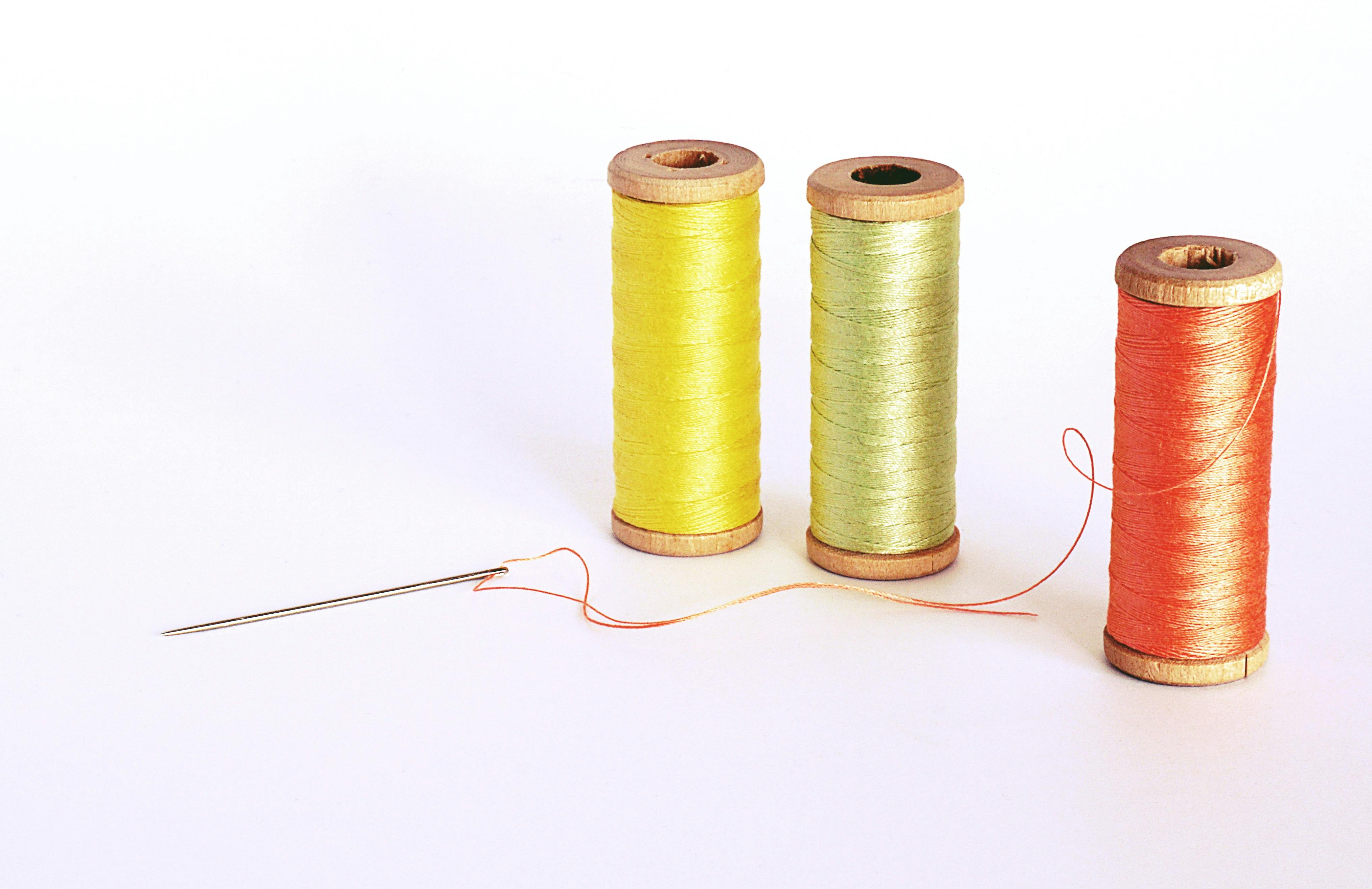
DID YOU KNOW …
Yao Ming is a Chinese professional basketball player who plays for the Houston Rockets of the NBA (National Basketball Association). Like Dikembe Mutombo (Democratic Republic of Congo), Tracy Mc Grady (United States) and Luis Scola (Argentina), he is one of the best players in the world.
Liu Xiang won the gold medal in the men’s 110-meter hurdles at the 2004 Athens Olympics. He was the first Asian man to win an Olympic gold medal on the track, and his victory in Greece was hailed in his country as a jump. cultural forward because it went against the stereotypes of what makes a great hurdler. 110-meter hurdles, Liu said: “My victory has shown that yellow-skinned athletes can run as fast as white and black-skinned athletes.” He was born on July 13, 1983 in Shanghai, China.
The Chinese delegation participated in the 2000 Olympic Games held in Sydney (Australia) and won 28 gold medals in events such as athletics, badminton, diving, gymnastics, judo, shooting, taekwondo, table tennis and weightlifting.
Kuoshu is the national sport of the People’s Republic of China.
Lang Ping played volleyball in the 1984 Summer Olympics for China. In the 1980s, she was the best volleyball player in the world. In 2004, she became the head coach of the United States women’s national volleyball team. “Lang Ping is a person who has been extraordinarily successful in all phases of her career as a player and coach, and her accomplishments are unmatched,” said United States CEO Doug Beal. “She won every major event as a player for China during her career and was clearly the dominant player in the world in the 1980s.” And she transitioned smoother than almost anyone in volleyball history to her coaching role, leading China to a silver medal at the 1996 Atlanta Olympics and successfully coaching professionally in Italy for many years. ” .
China sent 246 athletes to the 1992 Olympic Games in Barcelona (Spain). He participated in gymnastics, athletics, boxing, cycling, fencing, diving, judo, shooting, swimming, table tennis, archery, badminton, sailing, weightlifting, wrestling, modern pentathlon, basketball, and volleyball. The People’s Republic of China finished 4th in the medal table, with 54 (16 gold), behind the Unified Team (112), the United States (108) and Germany (82).
The Chinese metropolis has hosted the 11th Asian Games in 1990. More than 6,122 athletes from more than 35 countries participated, along with 1,000 coaches. It was the largest sports event in the Third World in 1990.
Beijing has hosted the 1990 FIVB Volleyball Women’s World Championship. It is the capital city of China.
The Asian country has had many famous athletes in the last century: Kuo-tuang Jung (table tennis), Lu Li (gymnastics), Chen Yueling (athletics), Fu Mingxia (diving), Zheng Meizhu (volleyball), Gao Min ( diving), Haixia Zheng (basketball), Yang Xilan (volleyball), Zhuang Xiaoyan (judo), Hong Qian (swimming), Gu Jun (badminton), Chuang Tse-tung (table tennis), Wang Huifeng (fencing), Hsie -ting (table tennis), Wei Qiang (softball), Yong Zhuang (swimming), He Ying (archery), Ge Fei (badminton), Le Jingyi (swimming), Wang Junxia (athletics), Xu Yanmei (diving ), Sun Fuming (judo), Li Duihong (shooting), Mo Huilan (gymnastics) and Qu Yunxia (athletics).
Zhu Jianhua was one of the most famous athletes in China and Asia. He was an Olympic bronze medalist and a former high jump world record holder.
The Chinese team won the Women’s Volleyball World Cup by defeating Cuba (3-1) in 1985. It was the 2nd victory for the People’s Republic of China in the World Cup.
China did not participate in the 1980 Olympic Games in Moscow, USSR (now Russia). Many Chinese athletes, notably hurdler Tsu Lin, high jumper Ni Chih-chin, long jumper Hsia Chieh-ping, runner Sung Mei-hua, and volleyball players Liang Yan, Zhang Rongfang, Zhou Xiaolan, and Zhu Ling- lost their Olympic chances.
Li Ning won three gymnastics gold medals at the 1984 Olympics in Los Angeles, California (USA). Like Nadia Comaneci (Romania) and Vitaly Scherbo (Belarus), he was one of the best gymnasts of the 20th century. Li Ning was born on September 8, 1963 in Liuzhou, Guangxi, China.
From 1993 to 1996, Wang Junxia was one of the best runners in China and Asia. She set three world records in 1993 (3,000 meter and 10,000 meter events). This year he won a gold medal in the 10,000m at the Stuggart World Championships (Germany). At the 1996 Summer Olympics in Atlanta (Georgia, USA), he notified the world of his championship capabilities by winning the gold medal in the 5,000-meter race.
The Asian country won the silver medal in softball at the 1996 Olympic Games in the United States.
Diver Fu Mingxia won 5 gold medals in three consecutive Olympic Games: Barcelona (1992), Atlanta (1996) and Sydney (2000). She is an idol in her hometown of Wuhan, China.
Chuang Tse-tung was one of the best known players in the history of table tennis (also known as ping pong). In the 1960s, he was an idol in the People’s Republic of China.
China has competed in the Winter Olympics 8 times and has won a total of 33 medals. He has more Olympic medals than Iceland, Hungary, Australia and Poland combined.
Michael Chang, who had won a Grand Slam, plans to open an academy for young players in China. He once said: “I have a wish, which is to contribute my accumulated experience of playing in world tournaments to the development of tennis in China.”
China sent 219 athletes to the 1984 Olympic Games, which were held in Los Angeles, California, USA. The Chinese delegation had athletes competing in 16 sports: archery (6), athletics (22), basketball (22), canoeing (4), cycling (7), fencing (17), gymnastics (14), handball (15), wrestling (10), rowing (9), shooting (17), swimming (35), tennis (1), volleyball (22), weightlifting (10) and sailing (4).








